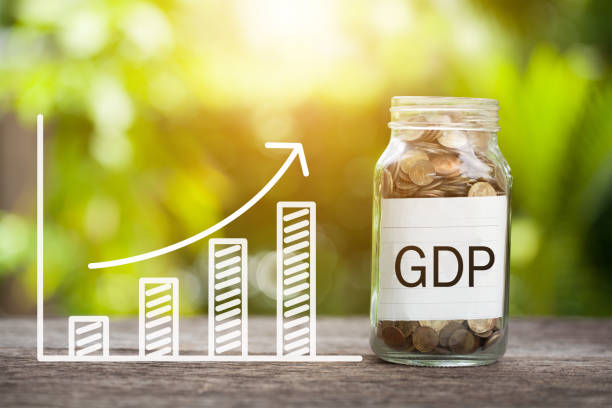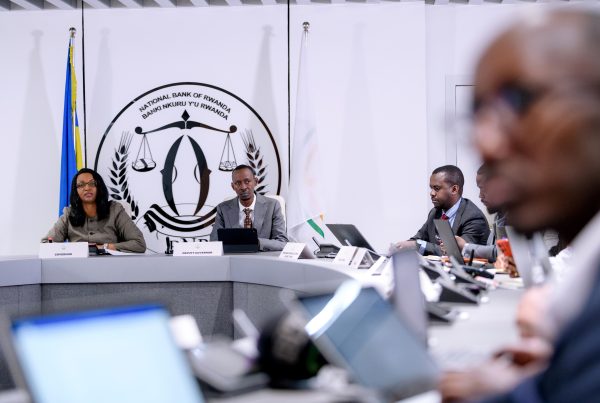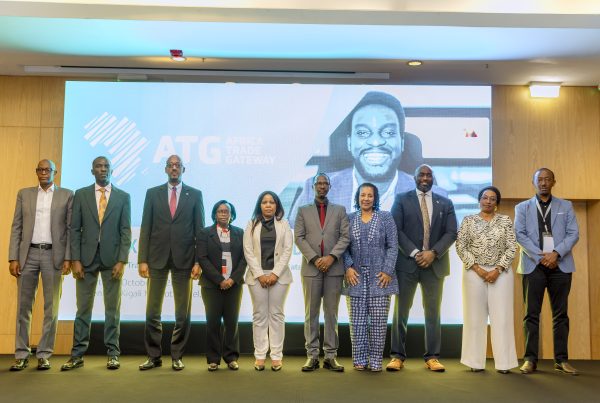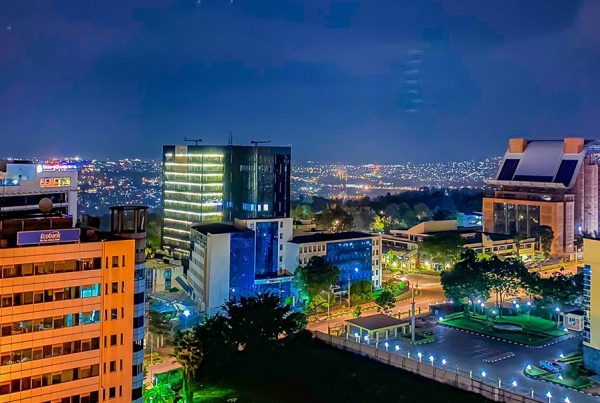Rwanda’s economy saw a strong 8.9 percent growth in 2024, driven by robust performances across the industrial and services sectors, according to the latest figures from the National Institute of Statistics. The country’s GDP at current market prices surged to Rwf18,785 billion, up from Rwf16,626 billion in 2023, marking a significant year-over-year expansion.
The services sector was the largest contributor to GDP, accounting for 48 percent of the total, followed by agriculture at 25 percent and industry at 21 percent. The remaining 7 percent was attributed to taxes less subsidies on products. The sustained growth through the year saw the economy growing by 9.7 percent in the first quarter, 9.8 percent in the second, 8.1 percent in the third, and 8 percent in the fourth quarter, demonstrating the resilience of Rwanda’s economic structure.
“The 8.9% growth in 2024 underscores the continued resilience of our economy. With strong performances in key sectors like industry and services, Rwanda is steadily progressing toward a diversified, robust economic future,” Director General of the National Institute of Statistics of Rwanda, Ivan Murenzi noted.
The agriculture sector posted a more modest growth of 5 percent. Food crop production, driven by good harvests in both agricultural seasons, grew by 5 percent. Season A harvests increased by 8 percent, while season B grew by 2 percent. However, export crop production decreased by 1 percent, showing the mixed performance in agriculture.
The industrial sector was one of the standout performers, registering a 10 percent growth overall. Mining and quarrying, along with construction activities, saw a 12 percent increase, while manufacturing grew by 7 percent. Notably, manufacturing of metal products, machinery, and equipment surged by 20 percent, marking a key development in Rwanda’s growing industrial base. Non-metallic mineral products and chemicals also saw double-digit growth, with both increasing by 15 percent.
The services sector grew by 10 percent, bolstered by a remarkable 18% increase in wholesale and retail trade, alongside a 25 percent growth in information and communication services. Other services, including financial services, public administration, and health, all posted solid gains, contributing to the overall sector expansion.
“Our growth trajectory reflects the impact of strategic investments in infrastructure, innovation, and human capital. While agriculture remains a vital pillar of our economy, the expanding industrial base and the dynamism within services are key to ensuring long-term growth and resilience,” The Finance and Economic Planning is Yusuf Murangwa said.
Private final consumption expenditure remained the dominant contributor to GDP, accounting for 70 percent of the total. Government consumption increased by 15 percent, reflecting a rise in public spending. Meanwhile, exports of goods and services increased by 16 percent, highlighting Rwanda’s growing integration into global trade. Imports grew by 11 percent, while gross capital formation, although down by 16 percent, still represented a significant 21 percent of GDP.
The GDP deflator, a measure of inflation, rose by 4.4 percent, indicating moderate inflationary pressures in the economy. Rwanda’s overall economic expansion demonstrates the ongoing strength of its economic growth strategy.
“We remain confident that our focus on diversification will continue to drive inclusive growth. We are committed to ensuring that this growth translates into real improvements in the lives of all Rwandans, positioning us for further success in the years ahead,” Murangwa added.
This solid performance is a clear signal that Rwanda’s economic diversification strategy is on track, with industry and services playing pivotal roles in the country’s growth.





